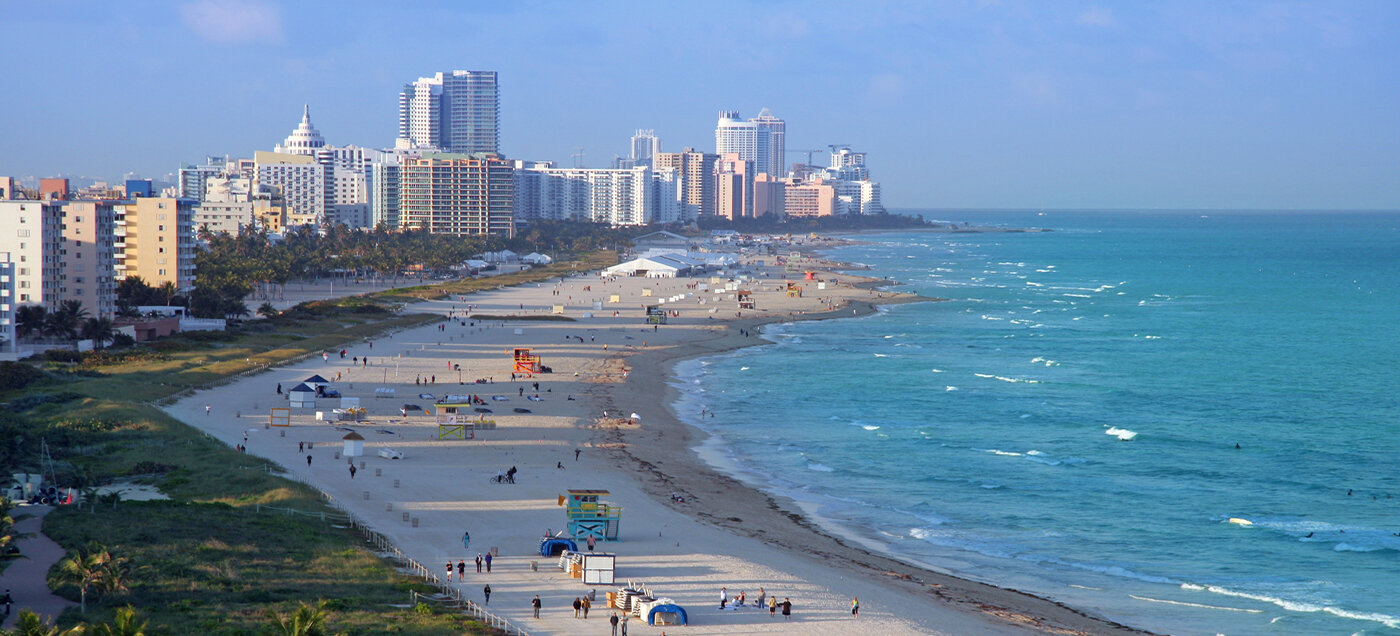Colorado becoming not be place to be as climate changes
People who relocated during the pandemic favored areas at higher risk of disruption due to climate change, but they may come to regret those moves over the long term, futurist Greg Lindsay told a gathering of the Denver Metro Commercial Association of Realtors on Thursday morning.
“Americans are moving in the wrong direction,” Lindsay said of migration patterns during the pandemic, and even before. “Markets are underpricing climate risk.”
Wrong as in moving from cooler northern coastal areas and the upper Midwest to the Sunbelt. Wrong as in moving to Arizona and Nevada, popular states that suffer from ever-increasing temperatures and worsening drought. Wrong as in flocking in large numbers to coastal Florida and Miami, where rising water levels could submerge vast swaths of land in coming decades if powerful hurricanes don’t scrape them first.
Texas and Florida were the top inbound states for those relocating during the pandemic, according to the Federal Reserve Bank of Chicago. Speaking generally, the southeast and the western U.S., including Colorado, are much more vulnerable to the impacts of climate change than other parts of the country, according to Climate Alpha, a startup where Lindsay is chief communications officer.
But climate impacts can be very specific. Climate Alpha uses artificial intelligence to determine a “climate resilience” score for more than 40,000 ZIP codes. It then applies those risk scores to determine future real estate values under different scenarios.
Custer County, for example, was a popular landing spot during the pandemic in Colorado. But it also has one of the highest drought risk scores in the country, Lindsay said.
A higher altitude shields Colorado from the extreme temperatures seen in states further south, but not from drought. The northern Front Range will likely struggle with water shortages that limit future growth as the region dries out, he said.
“Even in Colorado, things are getting strange,” Lindsay said. Strange as in the Marshall fire, where 100-mph-plus winds fanned flames in late December that quickly destroyed more than 1,000 homes deep in the populated suburbs of Boulder County, including homes of climate scientists working at the National Oceanic and Atmospheric Administration.
Where should people who want to provide their children and grandchildren with a more secure future look to move?
Lindsay suggests that the great migration to the Sunbelt may reverse, replaced by a migration to the Great Lakes region. Buffalo, New York, could become the new “cool” place. Some investors are buying up land in Ohio and others are targeting purchases in Canada. Lindsay told the audience he relocated to Montreal.
The Great Lakes region has developed infrastructure, lower real estate prices and the potential to provide a strong return for those who get in early, he said. Bonus points if more manufacturing comes back to U.S. shores.
But there are a lot of other factors that go into the decision to move, such as quality of life and connectivity, or the ability to travel to other areas. Part of the problem is that people relocating often don’t have a good grasp of the climate risks involved in a new place. Redfin, the real estate brokerage, found that when people are provided with flood risk scores, they were much more likely to choose safer areas.
“We now have definitive evidence that the risks posed by climate change are affecting where Americans choose to live. Before Redfin’s experiment, that was just a hypothesis,” said Redfin chief economist Daryl Fairweather in a news release earlier this month. “Equipping people with flood-risk information helps them make more informed decisions. Some will opt to move out of risky areas altogether, while others will stay put but invest in making their homes more resilient to disaster.”



